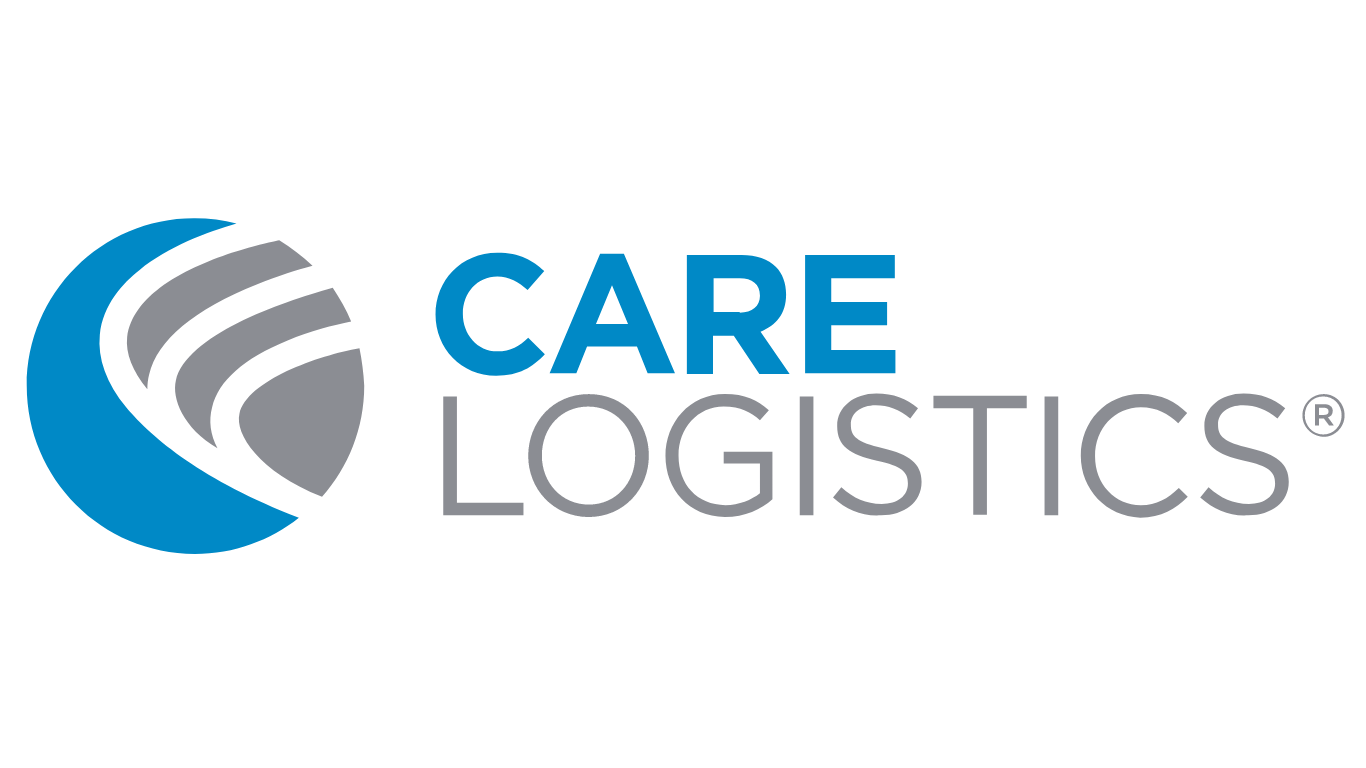Friction Free Flow, Part 1
By Nick Tailhardat
Patient flow is defined as the necessary physical movement of a patient through the healthcare system. Patients admitted to a hospital will spend an average of 5 days under the care and supervision of staff, who are all interacting with the patient to achieve effective patient progression, advancing the patient's health and condition to a safe discharge. Between admissions, unit transfers, and services, a patient will have to physically move multiple times throughout their stay; at an example urban hospital, the average admitted patient changes location 6 times during their stay.
A hospital's primary objective is to provide the best care possible for its patients and the best outcomes. Healthcare outcomes are directly impacted by the efficiency of services; when patients have their care needs addressed sooner, their opportunity to recover improves and the patient’s opportunity for better health outcomes increases. A core component of a hospital’s efficiency depends on achieving friction-free flow.
Friction Free Flow
Friction-free Flow is achieved when the biggest barriers to patient movement are eliminated, and these barriers are often unrelated to the active physical movement of the patient. The friction to patient flow often occurs with activities required at the patient's location before movement and the patient’s destination.
Consider the following classification of patient movement activities: admissions, unit transfers, discharges, and services. Service transports represent the majority of a patient's movement during their stay, and likewise, the biggest opportunity to identify and resolve friction within the patient’s stay. A successful patient transport to a service requires not only that the patient arrives at their destination, but also that they are able to successfully receive the service and that it adds value towards the patient's overall health outcomes. If the patient’s service cannot be completed and the patient has already been transported to the service, it will utilize valuable resources unnecessarily and negatively impact the patient experience.
The patient movement for service transports can be categorized by four individual events:
1- Activities before transport
2- Activities at the time of transport
3- Activity during transport
4- Activities at the destination
Here is an example of how the friction-free flow concept can be achieved in an inpatient’s transport to a diagnostic department.
Activities Before Transport
The patient's unit-based preparation for services often includes:
A. Acknowledgement of the order by the Nurse and Patient Care Team, and a clinical team member evaluating and verifying the service's expected contribution to the patient's progression
B. Communication to the patient of an upcoming service for patient experience, satisfaction, and coordination with family
C. Communication to other services that the patient will be off-unit at a designated time
D. Discontinuing or temporarily withholding a continuous treatment to continue upon return
E. Completion of activities that will prevent cancellation or delay of the service at the destination:
Patient consent to procedure
Intravenous access when needed
Lab values meeting criteria required for service
Removal of objects that may interfere with the service
F. In some scenarios, the patient’s preparation activities are unique and must be coordinated in advance
Removing a cast may require a trained Ortho tech
Removing EEG nodes that limit transport may require trained Neuro techs
Transferring a patient to an MRI machine-enabled vent may require coordination with the MRI department to be done at the bedside instead of MRI to prevent contamination of an airborne organism
G. Likewise, the transporter must obtain the appropriate transport equipment for this patient. Ideally, the transporter is informed of the patient’s transport requirements, obtains the appropriate equipment, and then arrives at the unit; however, delays exist where this information is inaccurate or missing, or when the equipment cannot be found
So, what is the solution?
Designate a trained role responsible for reviewing the patient’s entire set of active orders for services across all departments at a glance, to prevent duplicative orders and unnecessary services that should be cancelled or completed as an outpatient.
The patient’s provider will get the results they need to make effective treatments sooner, and the patient won’t occupy resources that prevent other patients from receiving necessary services.
Plan service times in advance, make them highly visible, and share them with the patient and family
Instead of families feeling disconnected from the patient’s care, they will understand when they will be able to interact with the patient and when key events in the patient’s care will occur.
Make the patient’s expected time to receive services visible to all staff who will interact with the patient that day.
If a patient’s time off unit is designated in advance, the staff providing bedside services can plan to arrive at the patient’s bedside around that time.
Coordinate transport time with the required staff well in advance to ensure their availability.
Coordinating with staff required for transport in real-time can lead to frustrations as the staff wait for each team member to be ready for transport.
Assign a clinician to complete the necessary unit-based preparations for services and provide them with a highly visible platform for communication to other department staff when these preparations are delayed.
If nurses communicate delays with their patient’s preparation in an electronic format, departments can adjust which patients to transport next, in order to avoid department delays.
